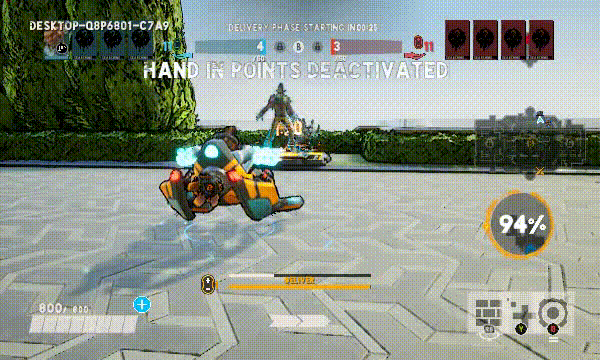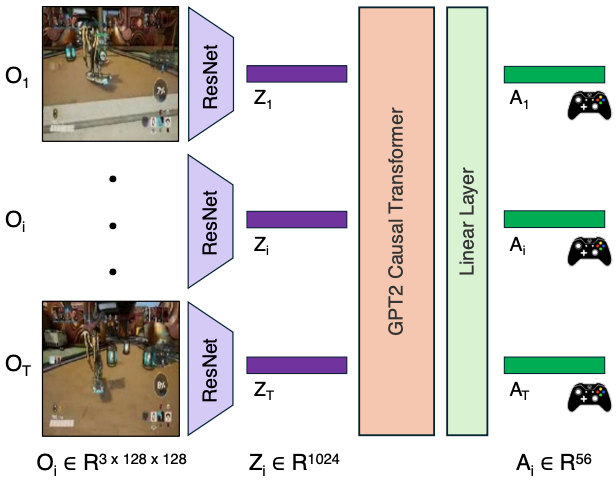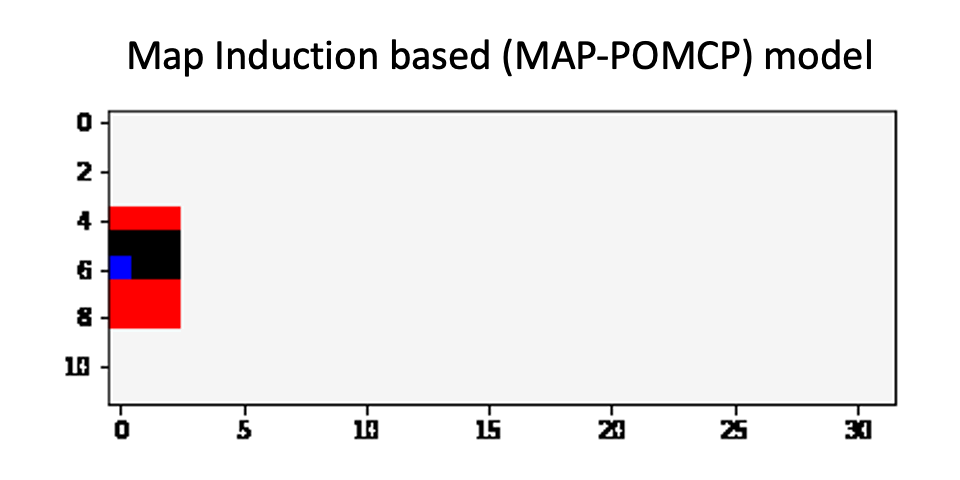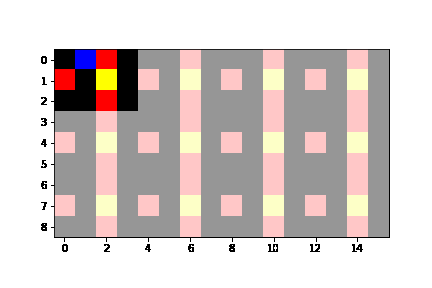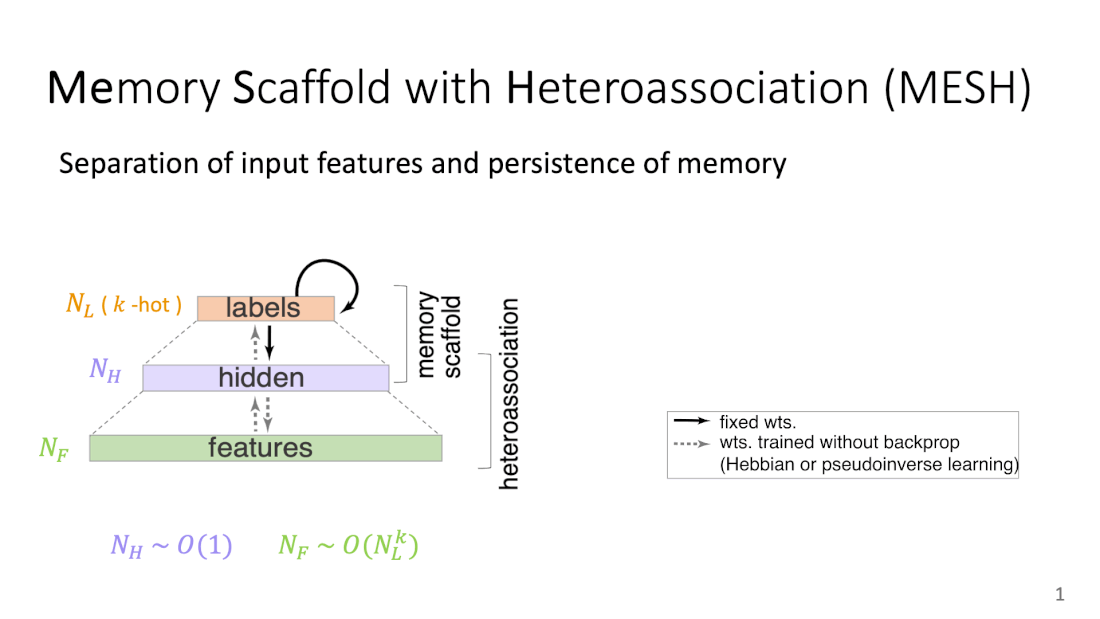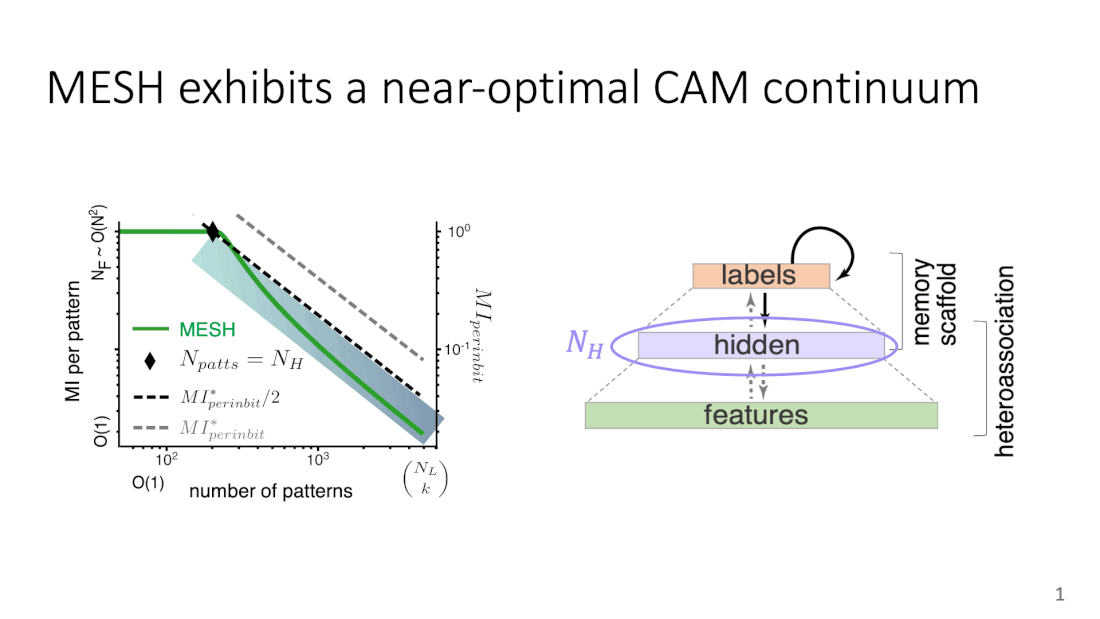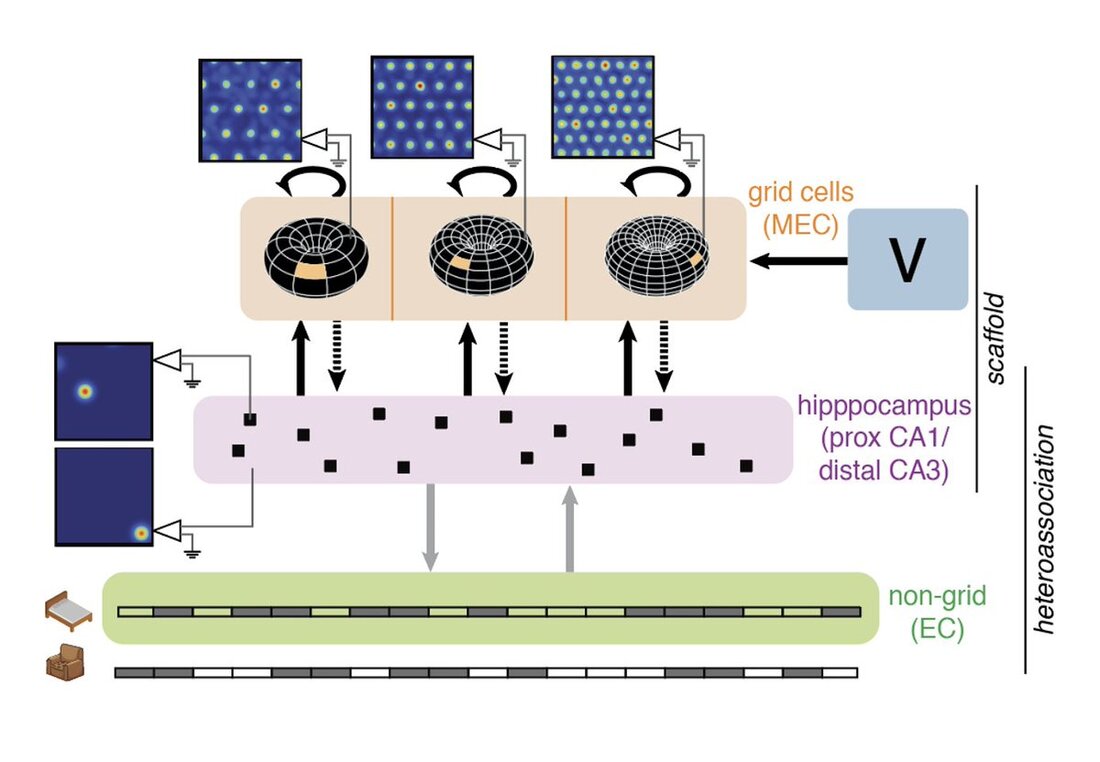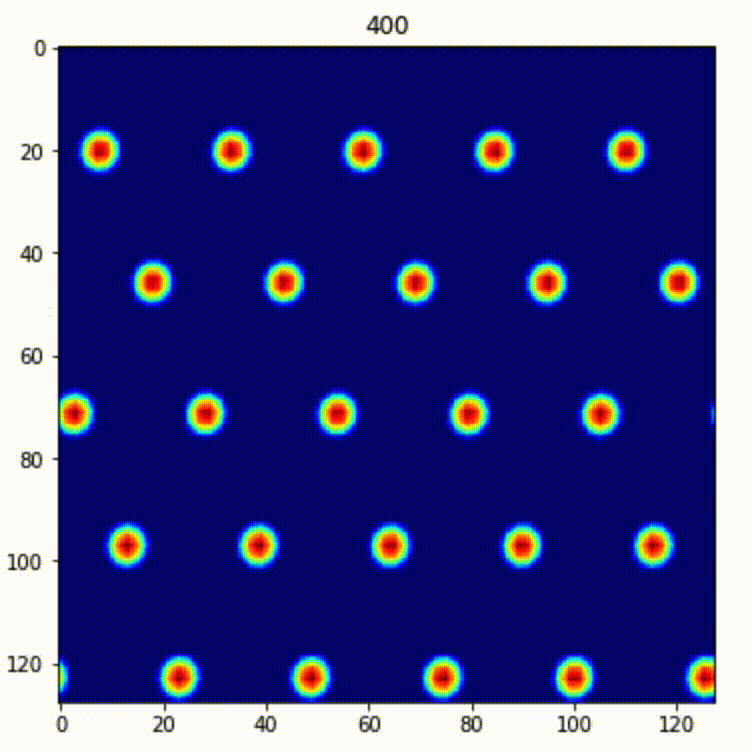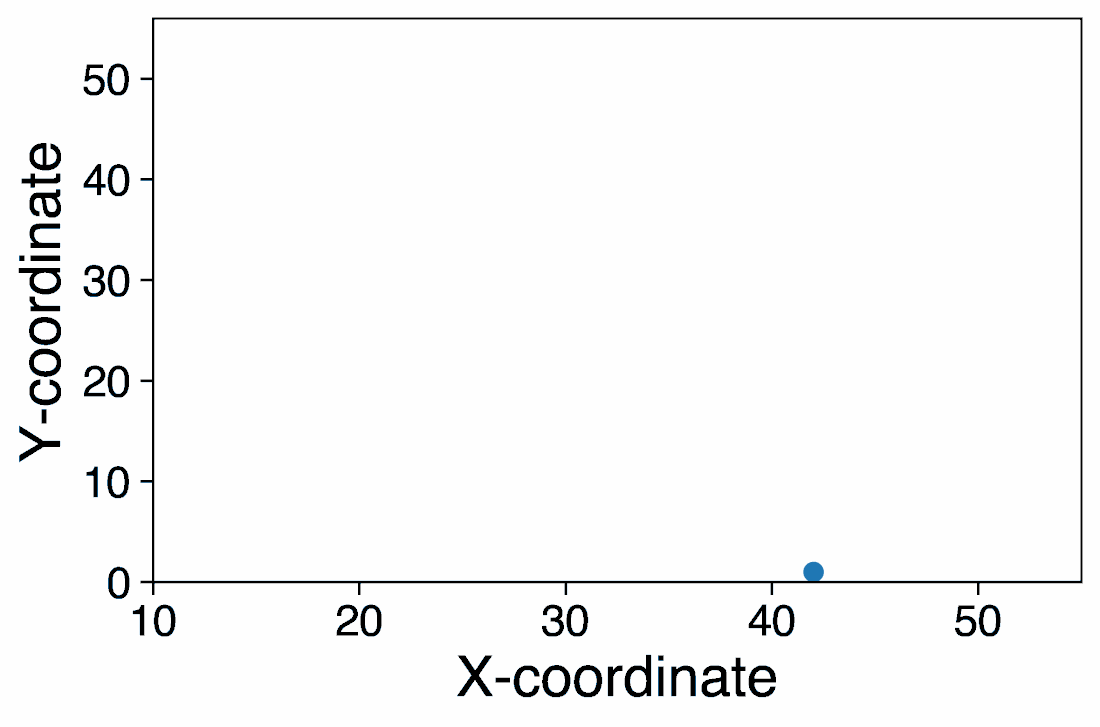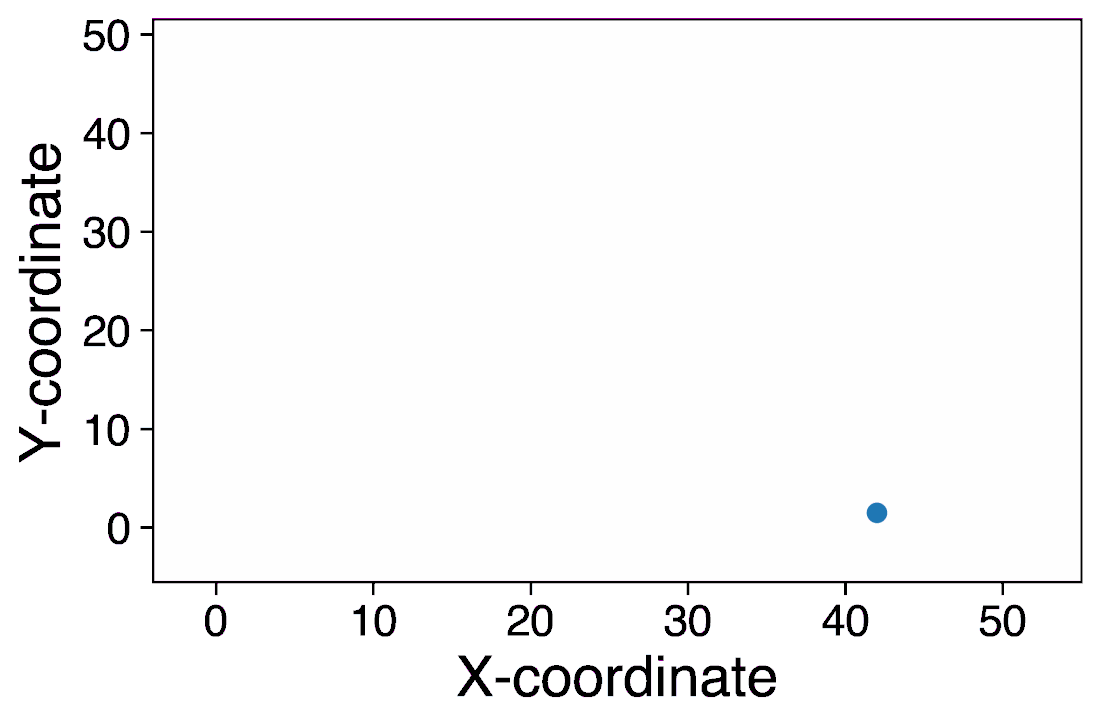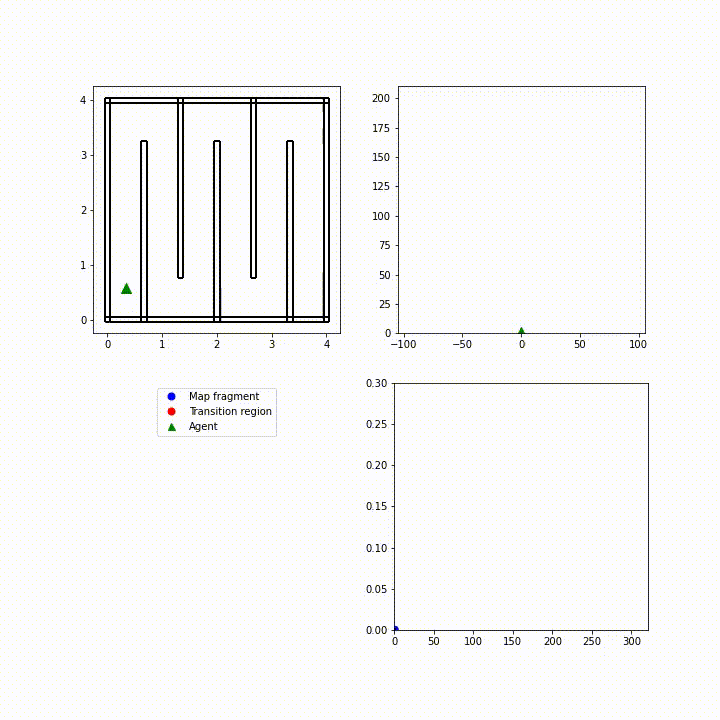I am currently working on Generative AI (LLMs) at Nvidia. Before this I worked as a Research Scientist at Microsoft Research advised by Dr. Ida Momennejad & Dr. Katja Hofmann where I was fortunate to get hands on experience with GPT-4.
I completed my PhD in MIT's department of Brain and Cognitive Sciences advised jointly by Prof. Ila Fiete and Prof. Josh Tenenbaum. Before that, I was at the Center for Theoretical Neuroscience, University of Waterloo (UW) where I completed my MASc with Dr. Chris Eliasmith, studying Theoretical Neuroscience and AI. Before that, I studied Electrical Engineering during my Undergrad at UW.
I am particularly interested in Generative AI, specifically multimodal foundation models, gaming AI and embodied AI. I have experience building generative models and AI for complex real-world scenarios, and am skilled at using deep learning frameworks and with processing and analyzing large-scale datasets. I have published in top ML conferences like ICML and ICLR and have given talks at these venues.
One of my recent projects on Generative AI involves Human-agent alignment in large-scale multi-player games, conducted at Microsoft Research and currently under review for publication. In this project, I utilized GPT (Generative Pre-trained Transformer) to develop game-playing AI agents for the 4 x 4 multiplayer game Bleeding Edge and studied Human-AI alignment.
In another project titled "Map Induction" published at ICLR, I built a Generative AI agent that uses generative inference and approximate belief space planning within a model-based RL setup to generate maps of spatial environments. Our ability to navigate a labyrinth, for example, depends on a so-called "cognitive map," a mental representation of our physical environment, an important capability for embodied AI.
I completed my PhD in MIT's department of Brain and Cognitive Sciences advised jointly by Prof. Ila Fiete and Prof. Josh Tenenbaum. Before that, I was at the Center for Theoretical Neuroscience, University of Waterloo (UW) where I completed my MASc with Dr. Chris Eliasmith, studying Theoretical Neuroscience and AI. Before that, I studied Electrical Engineering during my Undergrad at UW.
I am particularly interested in Generative AI, specifically multimodal foundation models, gaming AI and embodied AI. I have experience building generative models and AI for complex real-world scenarios, and am skilled at using deep learning frameworks and with processing and analyzing large-scale datasets. I have published in top ML conferences like ICML and ICLR and have given talks at these venues.
One of my recent projects on Generative AI involves Human-agent alignment in large-scale multi-player games, conducted at Microsoft Research and currently under review for publication. In this project, I utilized GPT (Generative Pre-trained Transformer) to develop game-playing AI agents for the 4 x 4 multiplayer game Bleeding Edge and studied Human-AI alignment.
In another project titled "Map Induction" published at ICLR, I built a Generative AI agent that uses generative inference and approximate belief space planning within a model-based RL setup to generate maps of spatial environments. Our ability to navigate a labyrinth, for example, depends on a so-called "cognitive map," a mental representation of our physical environment, an important capability for embodied AI.
| CV.pdf | |
| File Size: | 120 kb |
| File Type: | |
GPT based gaming AI & its alignment along interpretable axes
|
Toward Human-AI Alignment in Large-Scale Multi-Player Games
Paper under review GPT based game-playing AI agents for a 4 x 4 multiplayer game called Bleeding Edge. |
|
GPT (Generative Pre-trained Transformer) based AI architecture
|
Generative AI for spatial mapping, planning & exploration
|
Map Induction: Compositional spatial submap learning for efficient exploration in novel environments
Paper @ ICLR Tweeprint Generation of spatial maps by a Generative AI agent |
|
|
AI agent uses generative inference and approximate belief space planning in a model-based RL setup to generate maps of unobserved regions. The planner approximately solves an underlying POMDP (partially observed markov decision process) using the MCTS (monte carlo tree search) algorithm, and significantly improves the exploration performance of the state of the art POMCP (partially observed monte carlo process) based planning models. Cognitive science experiment to test the Map Induction hypothesis in human subjects exploring 3D environments. |
|
|
|
Memory storage and retrieval network with exponential capacity
|
Content addressable memory without catastrophic forgetting by heteroassociation with a fixed scaffold.
Paper @ ICML Tweeprint MESH can be used for memory retrieval in LLMs & as a neural DB in RAG architectures Architecture is akin to an autoencoder with constrained activations and one-shot learned weights. |
Model unifying spatial mapping & episodic memory
|
Model of hippocampal episodic memory unified with and enabled by pre-structured spatial representations.
Paper under review @ Nature Tweeprint Recognition by Prof. Sebastian Seung Recognition by Prof. Doris Tsao AI agent that uses modular grid cell encoding to learn long overlapping sequences. AI agent that uses grid and place cell codes to learn spatial maps of environments as composed of map primitives (fragments). The agents learns primitives that can be used compositionally to represent new environments, thus leading to generalizable learning of spatial maps through unsupervised one-shot learning. |
